This month's Book Nook topic is...
Developing Story Comprehension with Bob, Not Bob!
Sharing books with children is a great opportunity to build reading comprehension, which involves helping children make sense of the story. In this Book Nook, we focus on building children’s understanding of the basic components of a story, using a helpful Hanen strategy called CSPAR – an acronym that refers to:
- Who the Characters are
- Where the Setting is
- What the Problem is
- Which Actions the characters take to solve the problem, and
- What the Resolution is
Let’s look at how CSPAR supports children’s understanding throughout multiple readings.
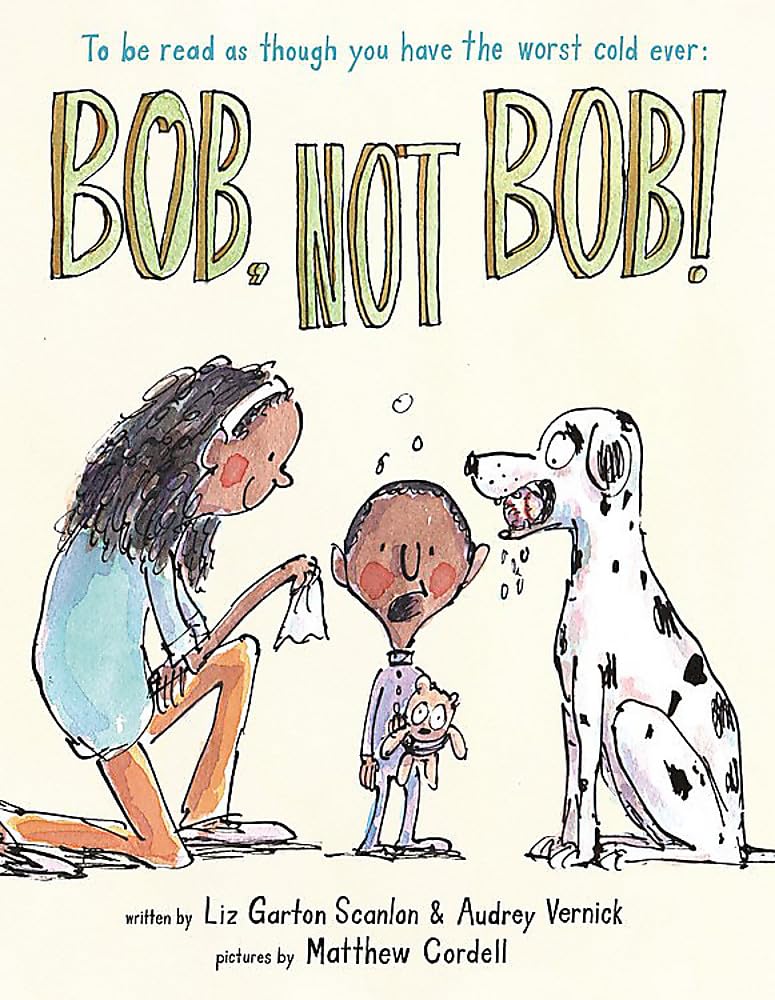 The Book:
The Book:
Bob, Not Bob!
Written by Liz Garton Scanlon & Audrey Vernick
Illustrated by Matthew Cordell
Why We Chose This Book
Louie has a bad cold and all he wants is for his mom to comfort him. But, because his nose is plugged, when Louie calls for “Mom!” it sounds like the name of the family pet, “Bob.” So, every time his dog comes running, poor Louie cries, “No, I want BOB, not Bob!” Everyone’s a little confused…
The story combines two relatable problems: how children want their parent’s comfort when sick, and being misunderstood! With fun, dramatic illustrations, Bob, Not Bob is an engaging book for supporting children’s story comprehension.
The first reading
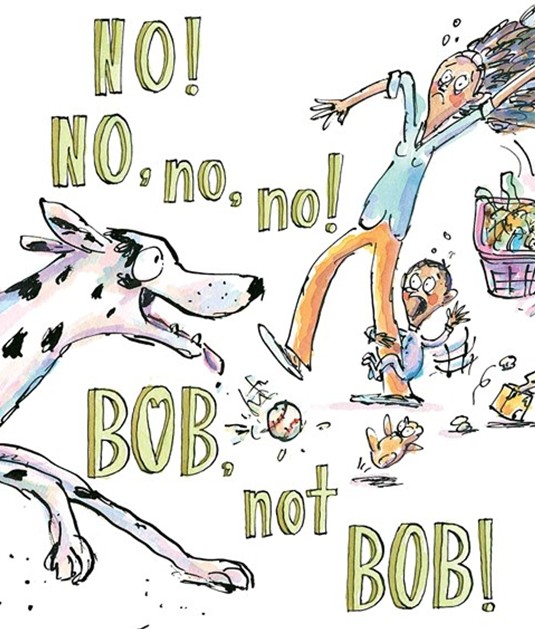 The first time you read Bob, Not Bob!, it’s important to keep the story moving. Have short conversations to help the child remember and understand the basic CSPAR elements.
The first time you read Bob, Not Bob!, it’s important to keep the story moving. Have short conversations to help the child remember and understand the basic CSPAR elements.
Here are some examples of how you could talk about CSPAR as you read Bob, Not Bob! with the child:
Characters
Begin with the front cover. After reading the title, you could say:
- “This story is about Louie. He’s the main character.”
- “The other characters in the book are Louie’s mom and sister, and the dog, Bob.”
Setting
Talk about where the story happens. While still looking at the front cover, you could add:
- “I think this book takes place at Louie’s home because he’s wearing his pajamas.”
Problem
As you read, you will encounter the problems in this book. You could say:
- “Louie has a problem – he is sick and every time he says ‘Mom!’ it sounds like ‘Bob!’
- “Louie’s mom doesn’t realize Louie is calling her. That’s a big problem!”
Action
Highlight the actions that the characters take to solve problems:
- “The next day, Louie tries to explain to his sister that he is even sicker.”
- “Louie tries yelling louder for ‘Mom’ but it still doesn’t work!”
Resolution
Talk about how the problem is resolved:
“When Bob and Louie’s mom lie down beside him, Louie can finally get some rest and feel better.”
Using CSPAR in later readings
Children enjoy reading the same book many times. You can continue to use CSPAR during later readings to further the child’s understanding. Later readings allow for more pauses in the book to have longer conversations about what the child understands.
As you read, you can make thinking-out-loud comments about CSPAR without placing pressure on the child to respond, using phrases like “I’m wondering…” or “I’m thinking about…” Here are some examples of thinking-out-loud comments you could make as you read Bob, Not Bob with the child: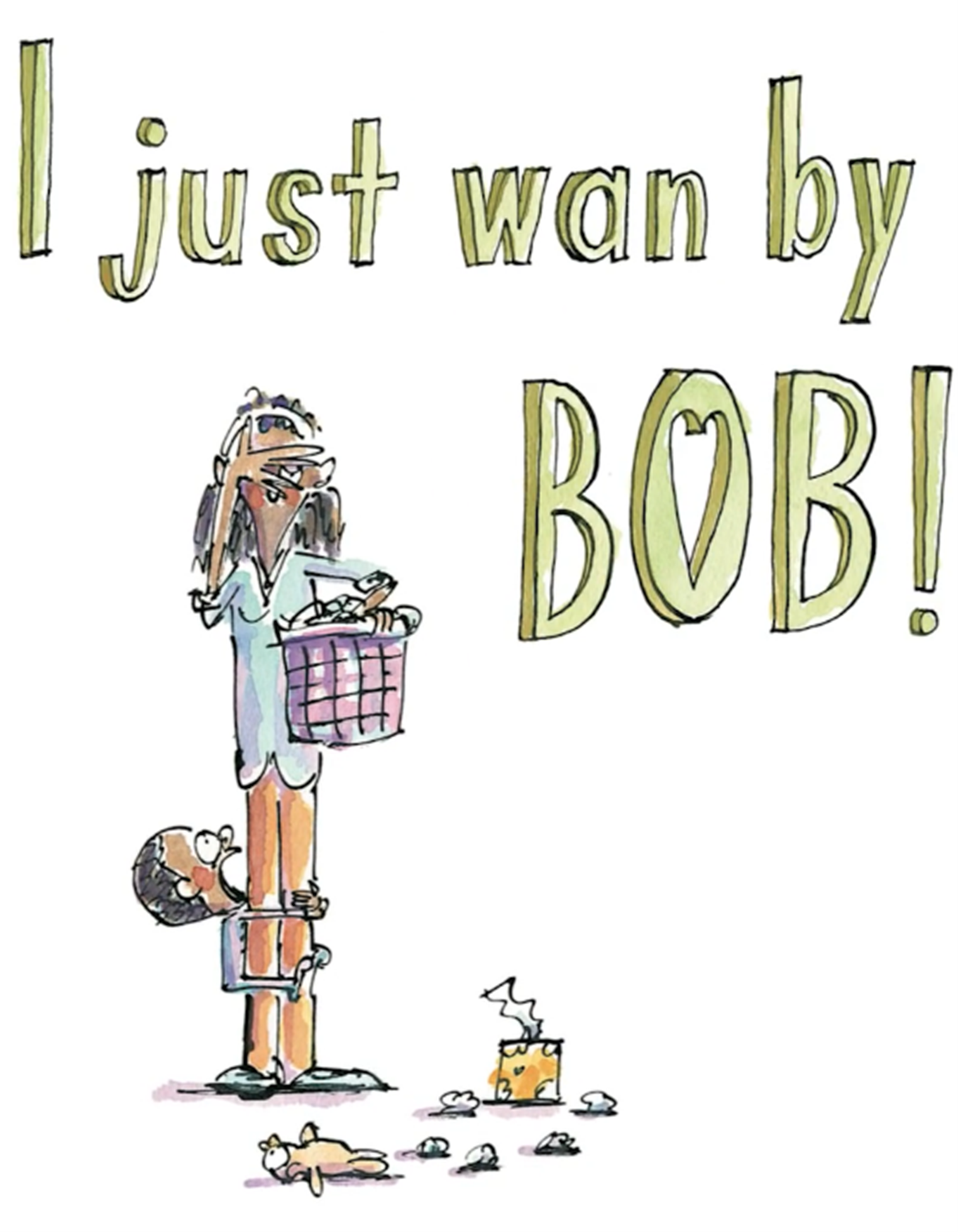
- “I’m thinking that one of the other Characters could help Louie out.
- “Louie gets so upset when Bob comes up to him. I’m wondering if Bob knows Louie isn’t really calling for him!” (Problem)
- I’m thinking about what other Actions Louie could try to get his mom to come.”
You can also ask questions that encourage the child to reflect on different components of CSPAR, for example:
- “What is the big Problem that Louie needs to solve in this story?”
- “What Actions does Louie take to try and solve this problem?”
- “At the end of the story, Louie is much happier. What does his mom do to help Resolve the problem?”
Keeping the conversation going
Every time you make a comment or ask a question, it’s important to wait and give the child time to respond. If the child does not respond after about 10 seconds, simply provide the answer yourself to keep the conversation going.
Talking about CSPAR elements helps children understand how stories are structured — a key skill for making sense of stories themselves!
Happy reading!
More Resources
The strategies in this Book Nook post are drawn from Hanen’s practical, research-based guidebooks for building emergent literacy. Explore the links below to learn more about how these guidebooks can support you.
For Parents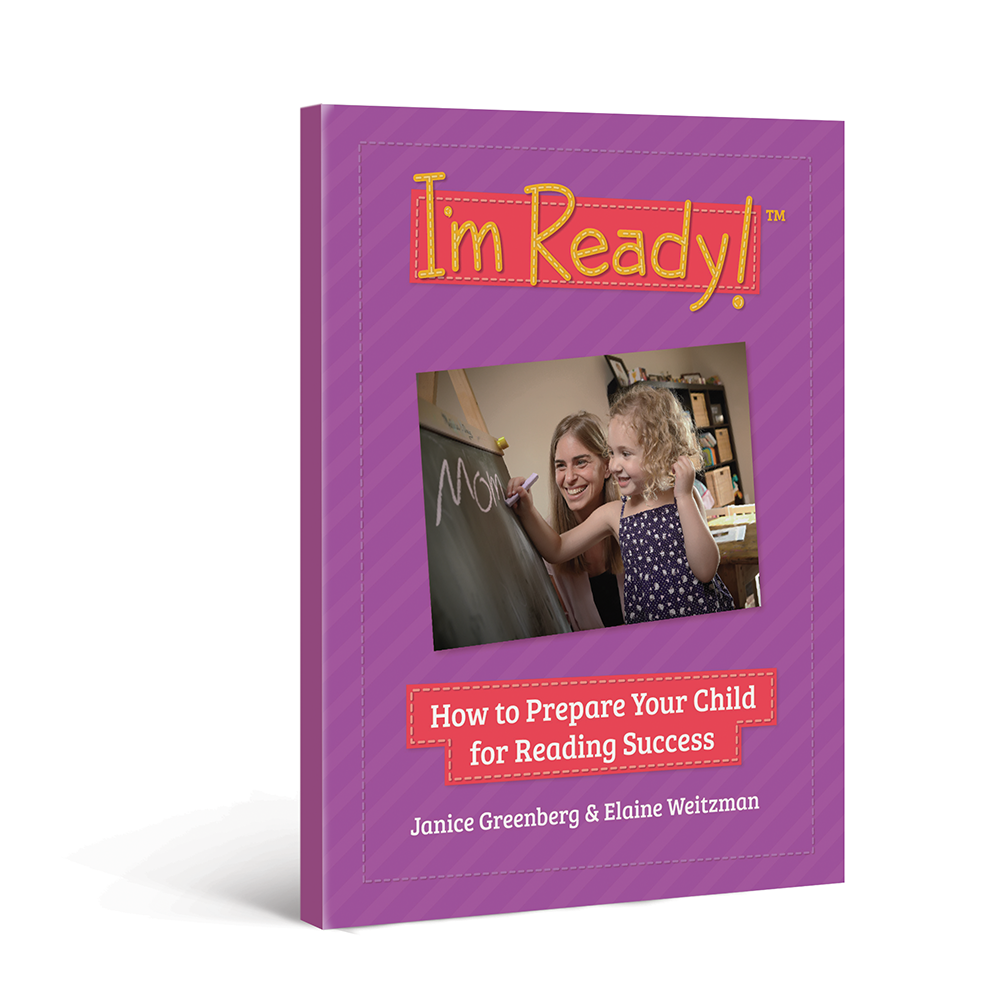 I'm Ready! guidebook
I'm Ready! guidebook
For Educators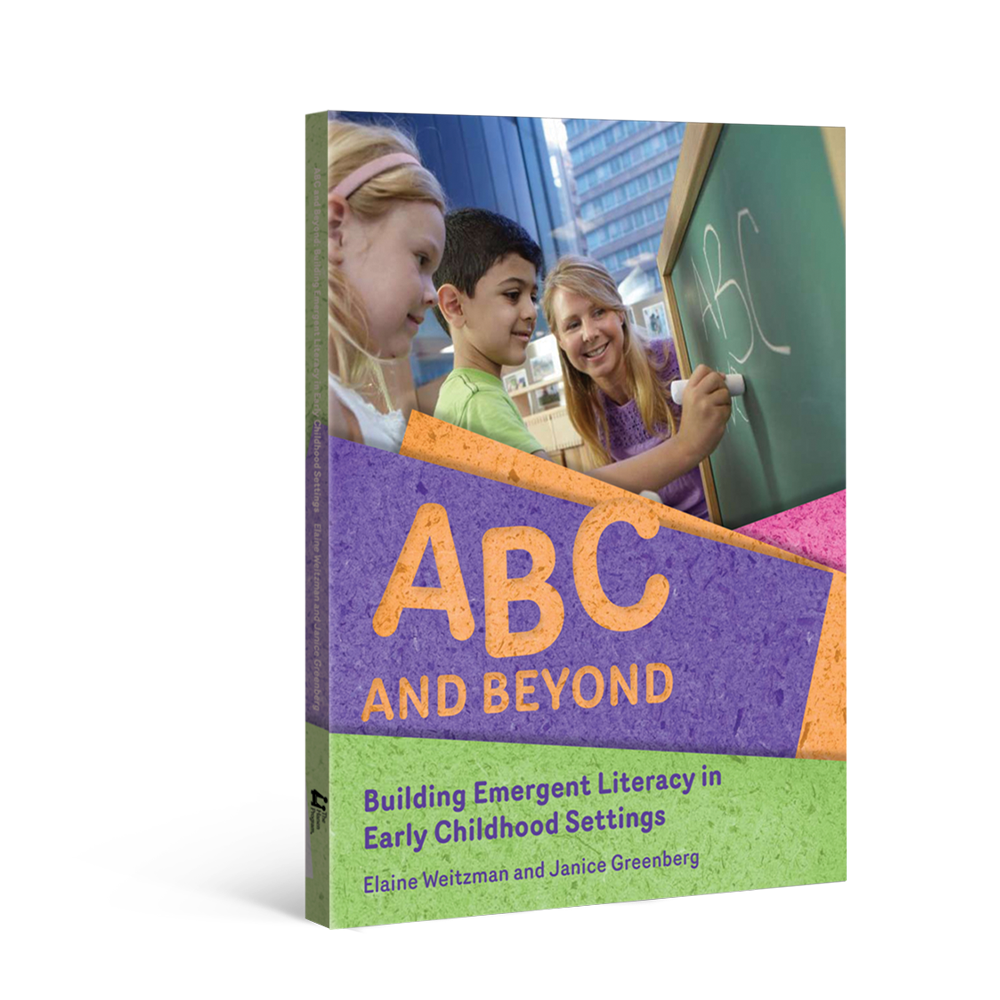 ABC and Beyond guidebook
ABC and Beyond guidebook
